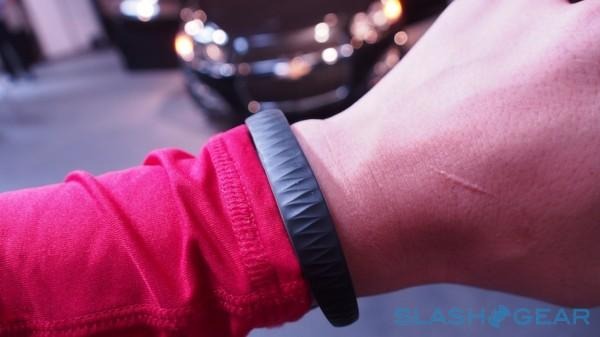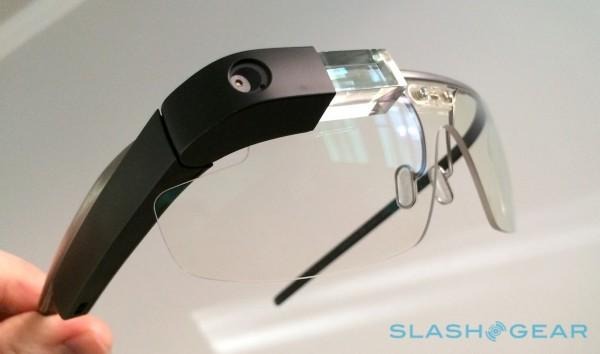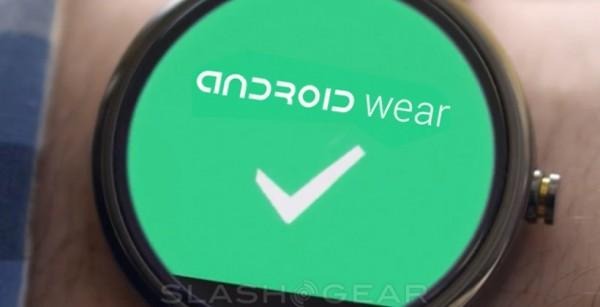Wearables Market Booming: Ease Of Use Leads The Way
In the oncoming war of the wearable device, it's usability, not their power or aesthetics, that will drive the market. While Samsung releases three new smartwatch devices this season with full-functioning operating systems and Sony releases a sports band that's just about as simple as a wearable device can be, it's clear that we'll be seeing a full spectrum. But what drives the successful machine? Besides advertising dollars, that is.
According to a recent IDC release, it's "complex accessories" that'll take the cake. Devices like Nike+ FuelBand, Jawbone UP, and Fitbit devices, they say, will be leading the market of wearable devices through the year 2018. A complex device as they describe it is one that's able to function on its own, but only has full functionality when connected to a second device – like a smartphone.

Two other two categories in wearables according to IDC are those that rely on a second device to function – smart accessories – and those that are able to work on their own with full autonomy. It'll only be in the year 2018 that shipments of smart accessories will surpass complex accessories, says IDC, while the fully autonomous category will need a lot more work before vendors are able to convince users that they're worth using.

Of course to allow this third category to work, a fully capable ecosystem of software must be in place, or at least well on its way to robustness. This category includes devices like Google Glass. Glass is a good example of a device where a massive company – Google – is able to super-charge the developer community, striking up masses of apps before a market for the device even exists.
Ramon Llamas, Research Manager, Mobile Phones for IDC suggested this week that in 2014 "end-users have warmed to their simplicity in terms of design and functionality," continuing on, "making their value easy to understand and use." Google has also chimed in with Android Wear, an operating system which turns Android into an ultra-simple OS for watches.

The most recent wearables study done by IDC suggests a five-year forecast for wearables which includes 19.2 million units shipping in 2014. This study, Worldwide Wearable Computing Device 2014-2018 Forecast and Analysis, also suggests that complex accessories are the driving force behind this boom – that being more than triple last year's wearable shipments.
Fast-forward to 2018 and it's predicted that the market will see 111.9 million wearable units through the year. IDC also suggests that devices such as Pebble, Galaxy Gear, and Sony's Smartwatch have "taken a giant step forward" but that their value proposition "has yet to be completely clarified."
Sound about right to you? What would it take to get you onboard with the wearables trend? Would you simply need to be convinced that you need another device on you, or are you planning on bowing out before you even get in?
VIA: IDC
